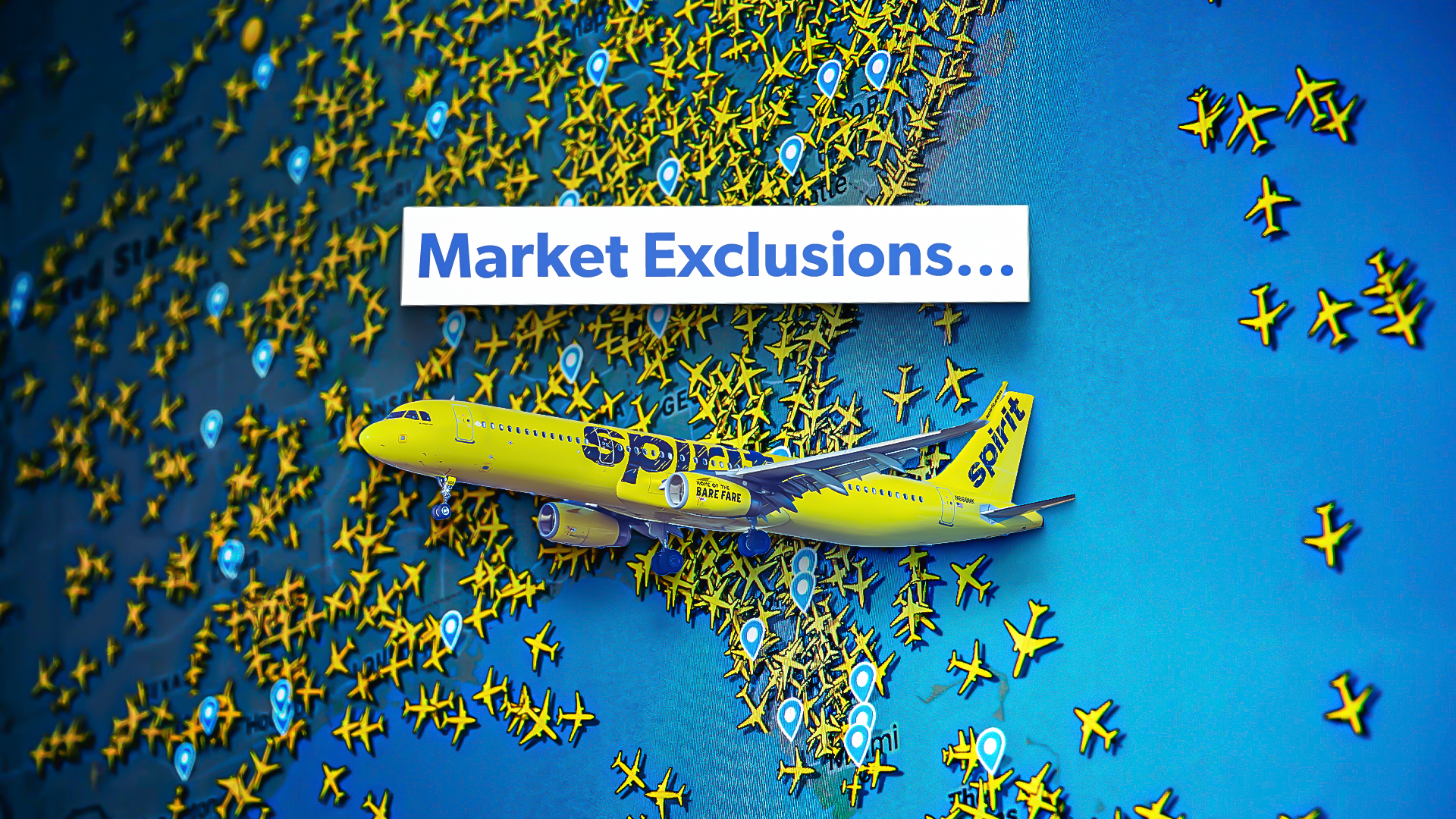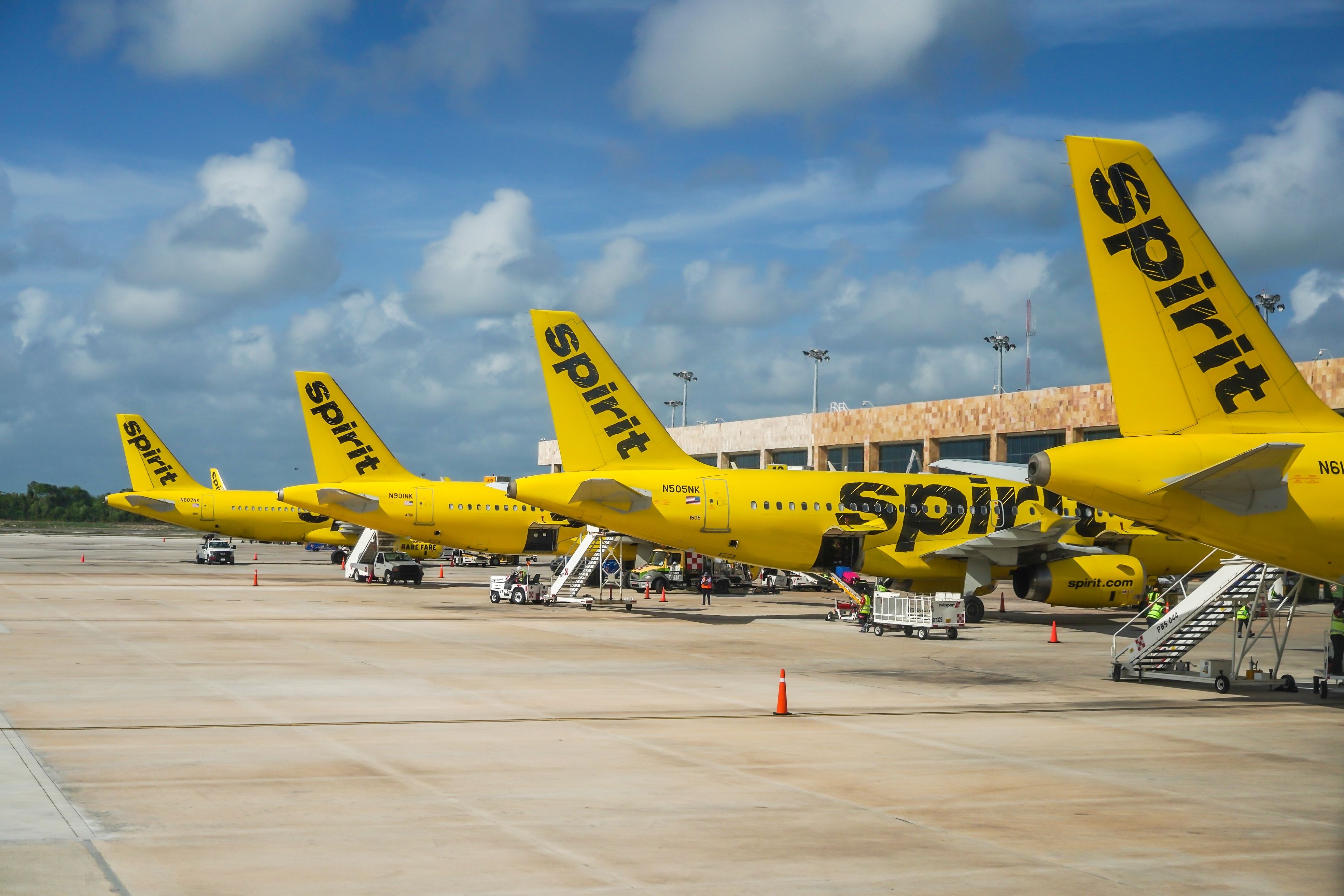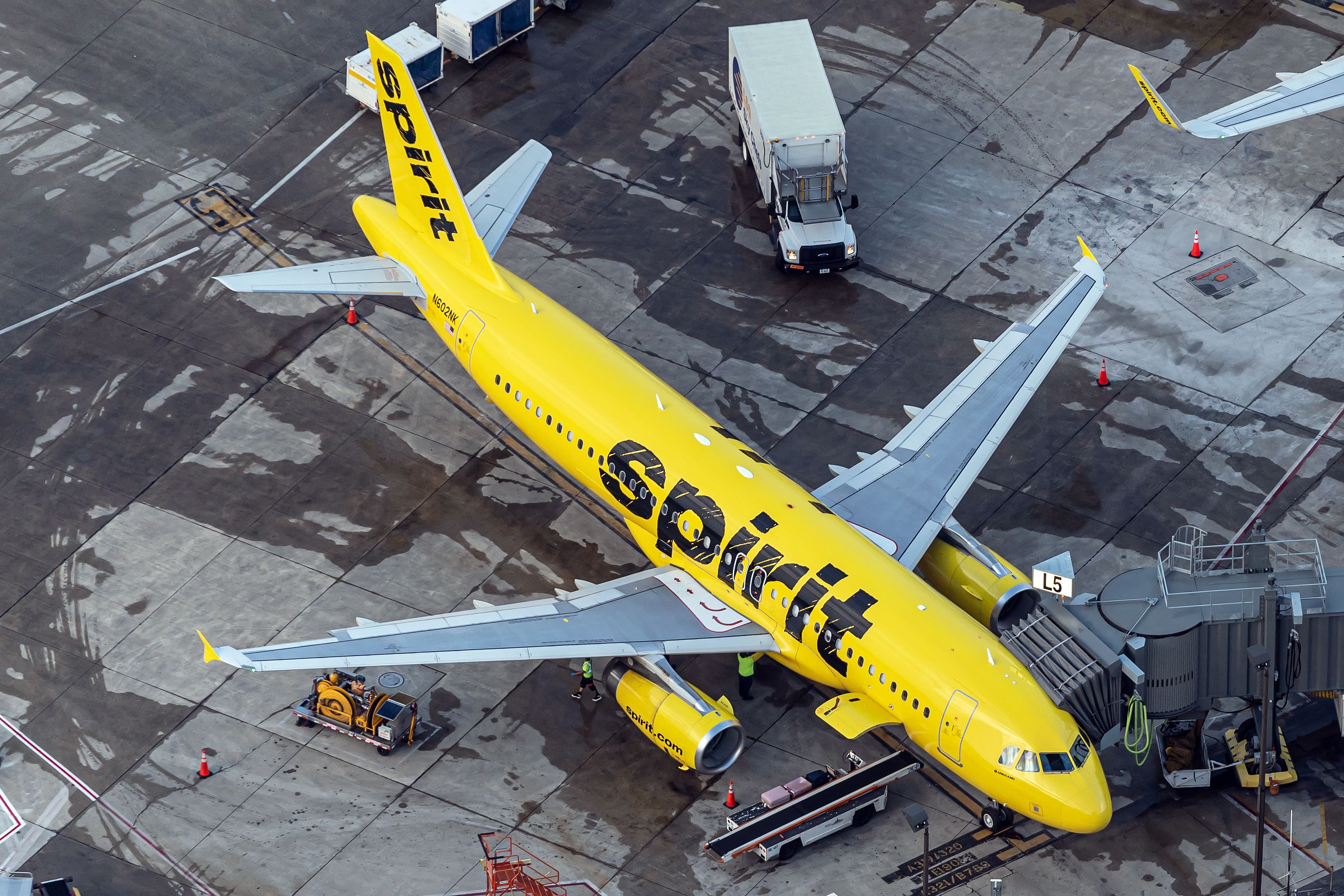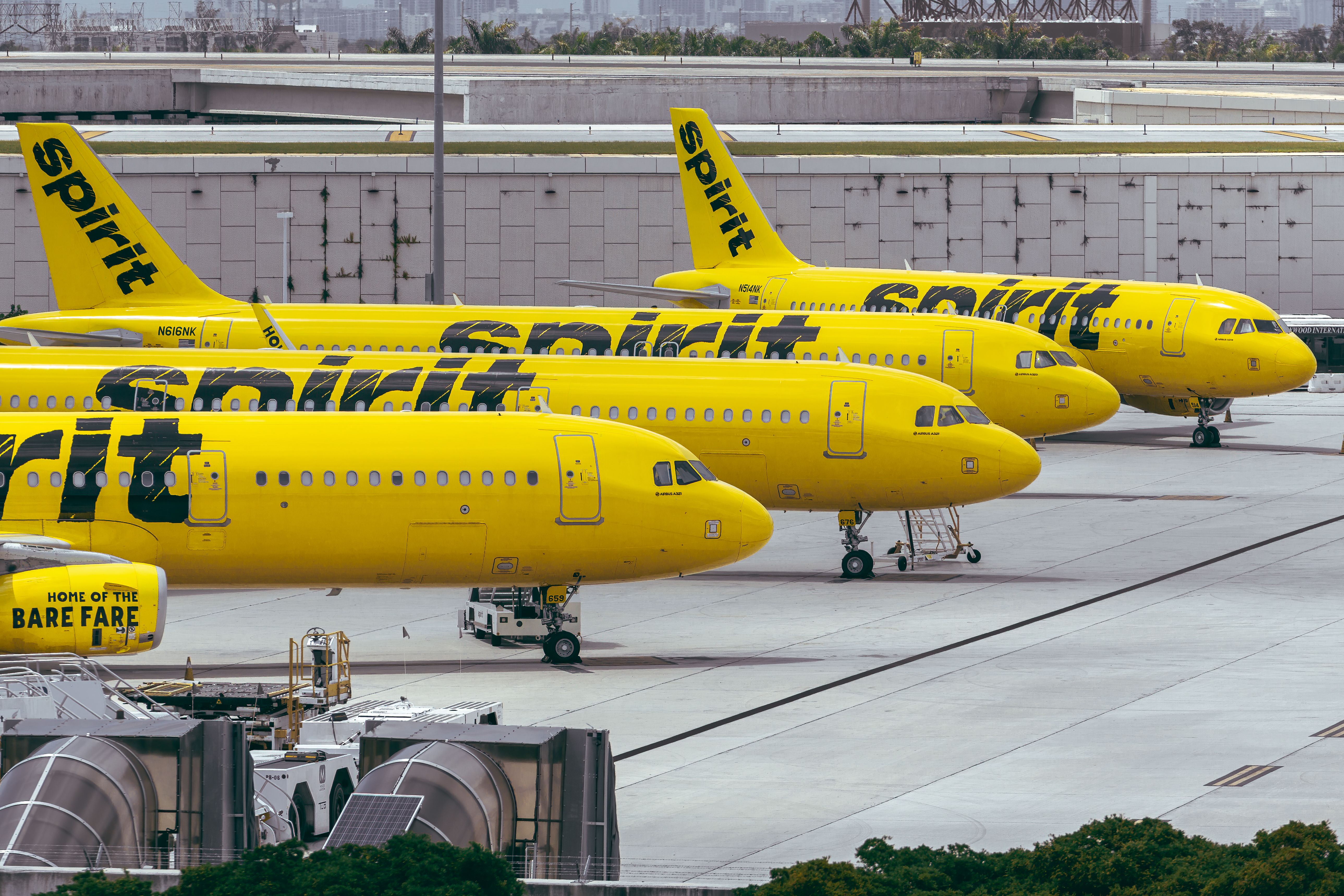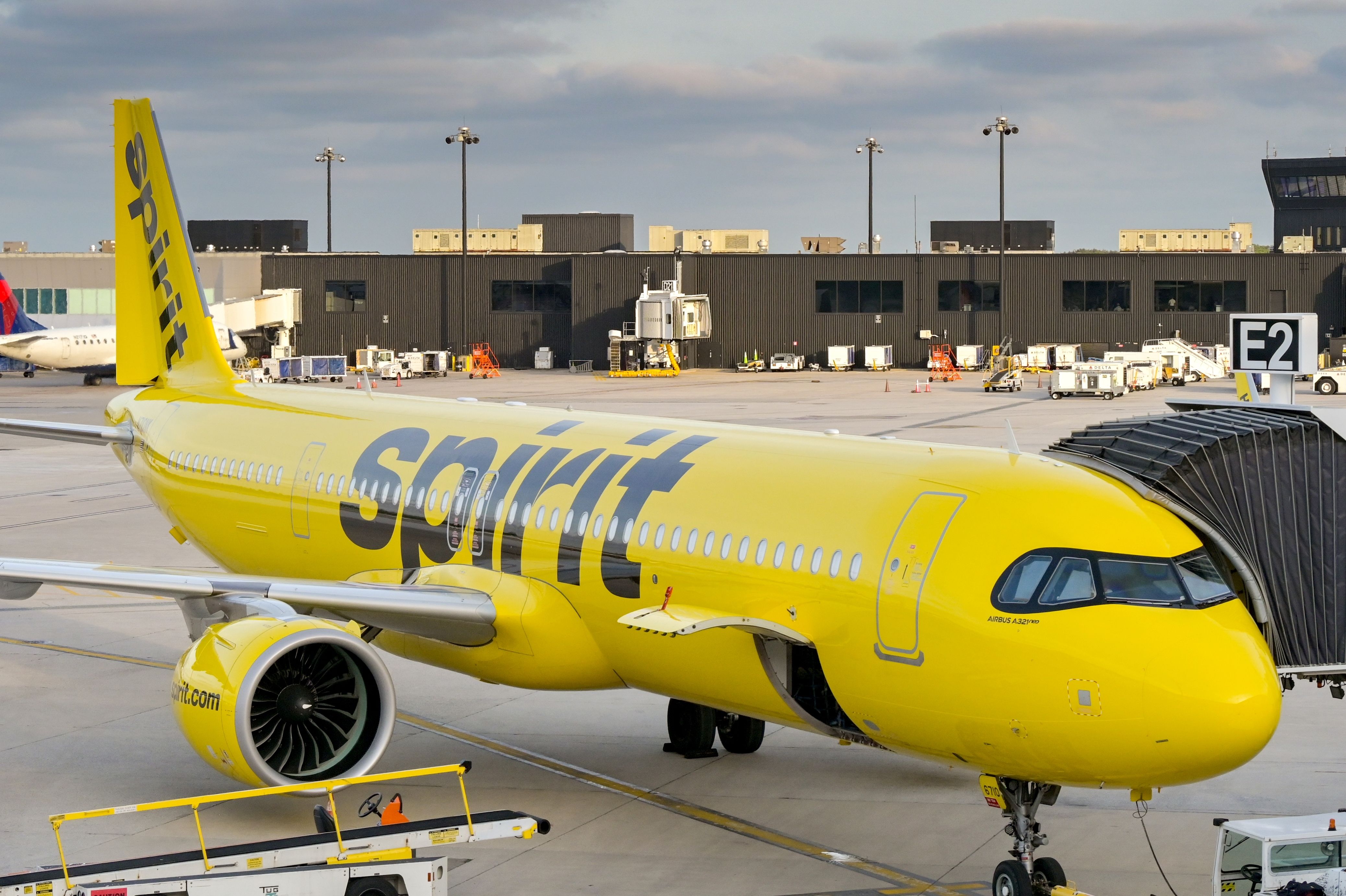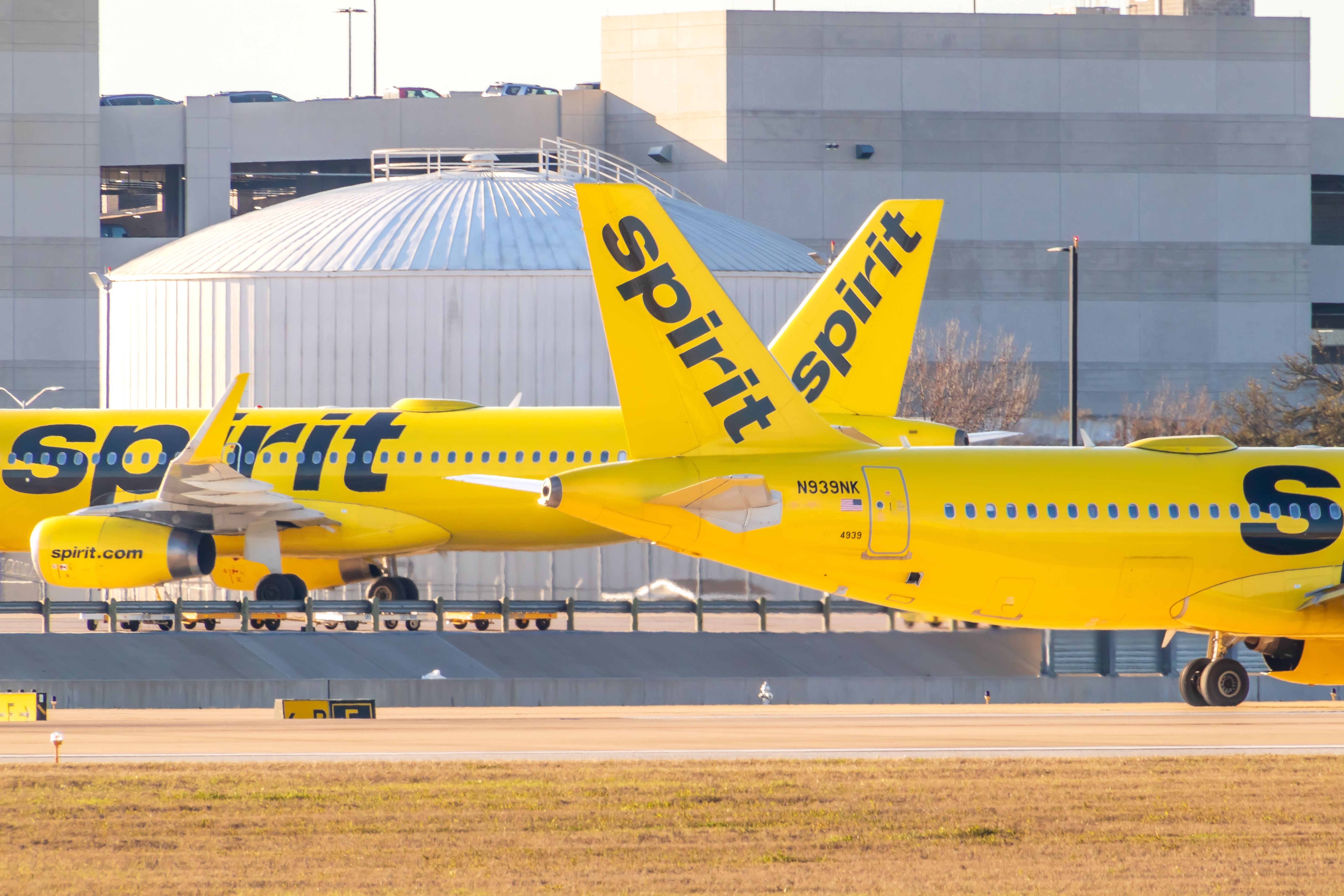When one imagines a low-cost airline in the United States, Spirit Airlines
will almost always come directly to mind. Famed for its yellow planes, famously poor service quality and for being the butt of many late-night jokes, Spirit Airlines was one of the first US-based carriers to truly delve in with the ultra-low-cost flight model. The carrier, which today is headquartered in Dania Beach, Florida, in the Miami metropolitan area, operates an extensive scheduled route network of flights throughout the United States, the Caribbean, and Latin America.
The airline, which initially launched as a carrier oriented on offering cheap flights to vacationers, has quickly expanded its footprint to include all kinds of flights across the United States. Nonetheless, the airline’s backbone is still primarily connecting passengers from cities across the United States to destinations in Florida and the Caribbean. However, there are some places where the carrier’s route network has yet to reach.
Photo: Leonard Zhukovsky | Shutterstock
Spirit Airlines, which was the seventh-largest passenger air carrier in North America as of 2023, is also the largest ultra-low-cost carrier in North America (for now). The carrier filed for Chapter 11 bankruptcy in November 2024, and it reemerged after a financial restructuring scheme in March 2025. With a new pathway forward, Spirit is looking to significantly modify its business model, and this will likely involve significant shifts to the airline’s operational network.
As a result, it is quite likely that Spirit’s status as the largest ultra-low-cost carrier in North America could be about to change, especially with Frontier Airlines continuing to grow. One of Spirit’s biggest weaknesses is its lack of presence in many key air travel markets, many of which are extremely popular with leisure travelers. In this article, we will take a deeper look at the operational profile of Spirit Airlines, and we will examine which US states do not have any service from the carrier.
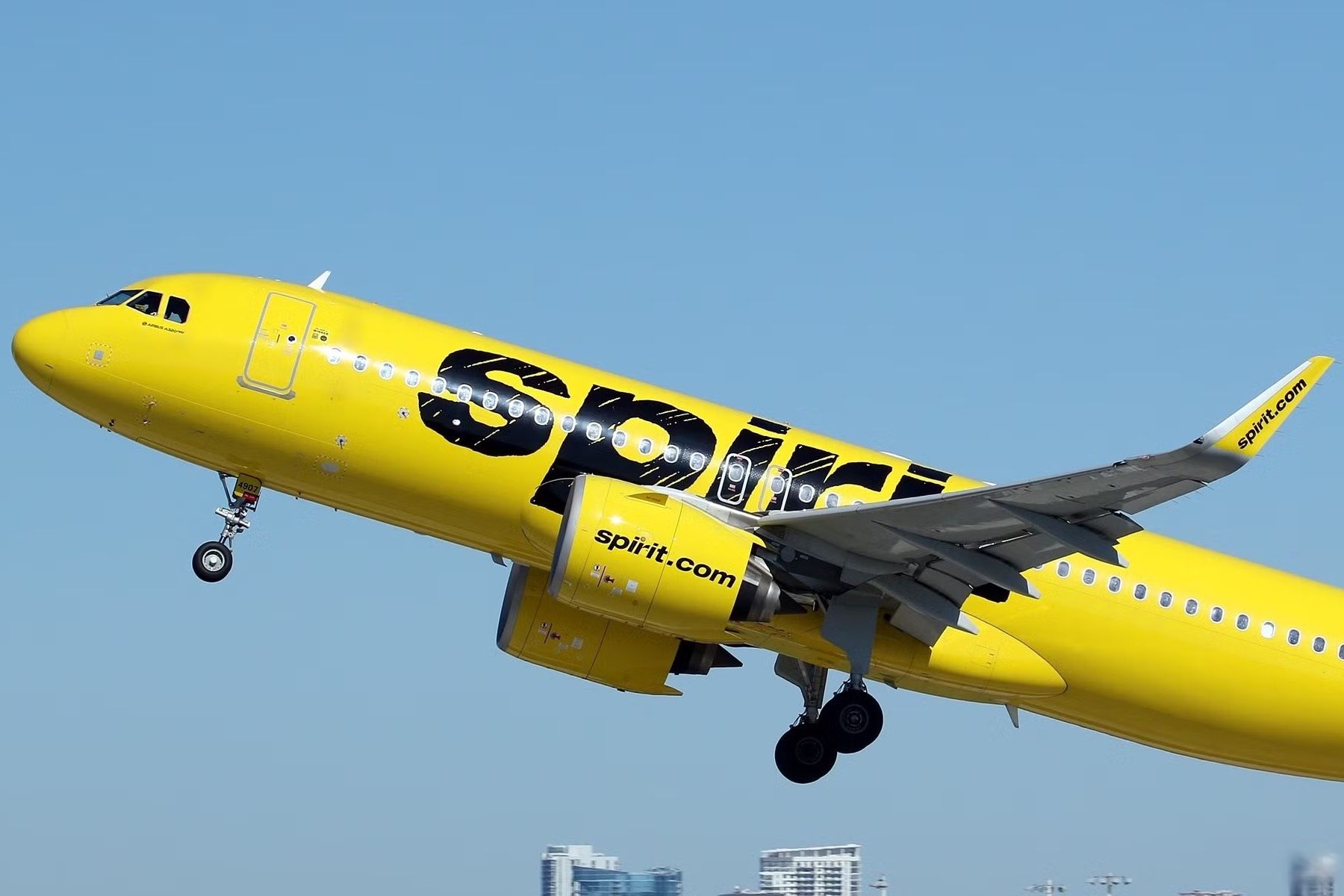
Related
These Are The US Airports Most Hit By Spirit Airlines’ Hefty Capacity Cuts
Spirit Airlines is restructuring its network.
Two major leisure travel-oriented states see no Spirit Airlines service
The first and most unique thing to recognize about the Spirit Airlines operational network is that there is no service offered by the airline to two of the most important US states for leisure travel demand. Unlike rivals like Southwest Airlines and Alaska Airlines, both nontraditional carriers that do lean quite heavily on leisure travelers, Spirit Airlines operates no nonstop services to Hawaii or Alaska. This is by design, and it is a decision that has been made by the carrier for a few different reasons.
Photo: GingChen | Shutterstock
The first is that flying to Hawaii would involve operating complex, long-range narrowbody aircraft that are equipped with Extended-Range Twin-Engine Operational Performance Standards (ETOPS). Maintaining these kinds of jets would be extremely expensive for the airline, something that goes against pretty much everything that the airline stands for. The carrier does have Airbus A320 family aircraft that could be configured to abide by ETOPS requirements, but the cost would again prove a large barrier.
3:56
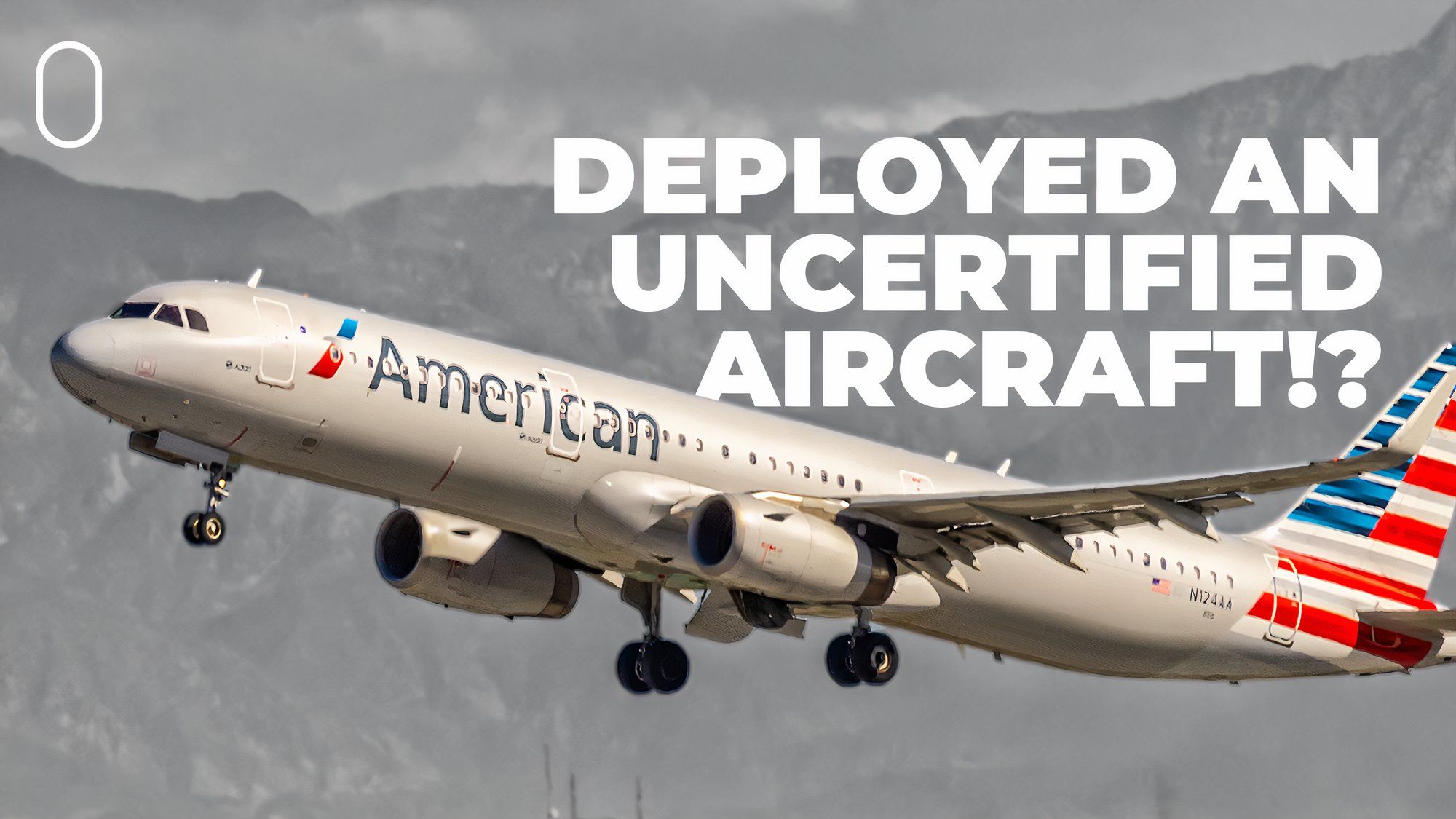
Related
That Time American Airlines Mistakenly Flew A Non-ETOPS Airbus A321 To Hawaii
It was on August 31st, 2015, that American Airlines flight AA31 was mistakenly operated by a non-ETOPS-certified Airbus A321. We examine what happened in this video.
Furthermore, if Spirit Airlines were to fly to Hawaii, it would face heavy competition from multiple different carriers, all of which have much stronger footholds in the market than Spirit does. The airline would also have to fly out of West Coast gateways like Los Angeles International Airport (LAX), San Francisco International Airport (SFO), and Seattle/Tacoma International Airport (SEA), all of which are facilities where Spirit Airlines has a very weak operational footprint. As a result, Spirit would likely struggle to maintain the load factors it would need on these routes.
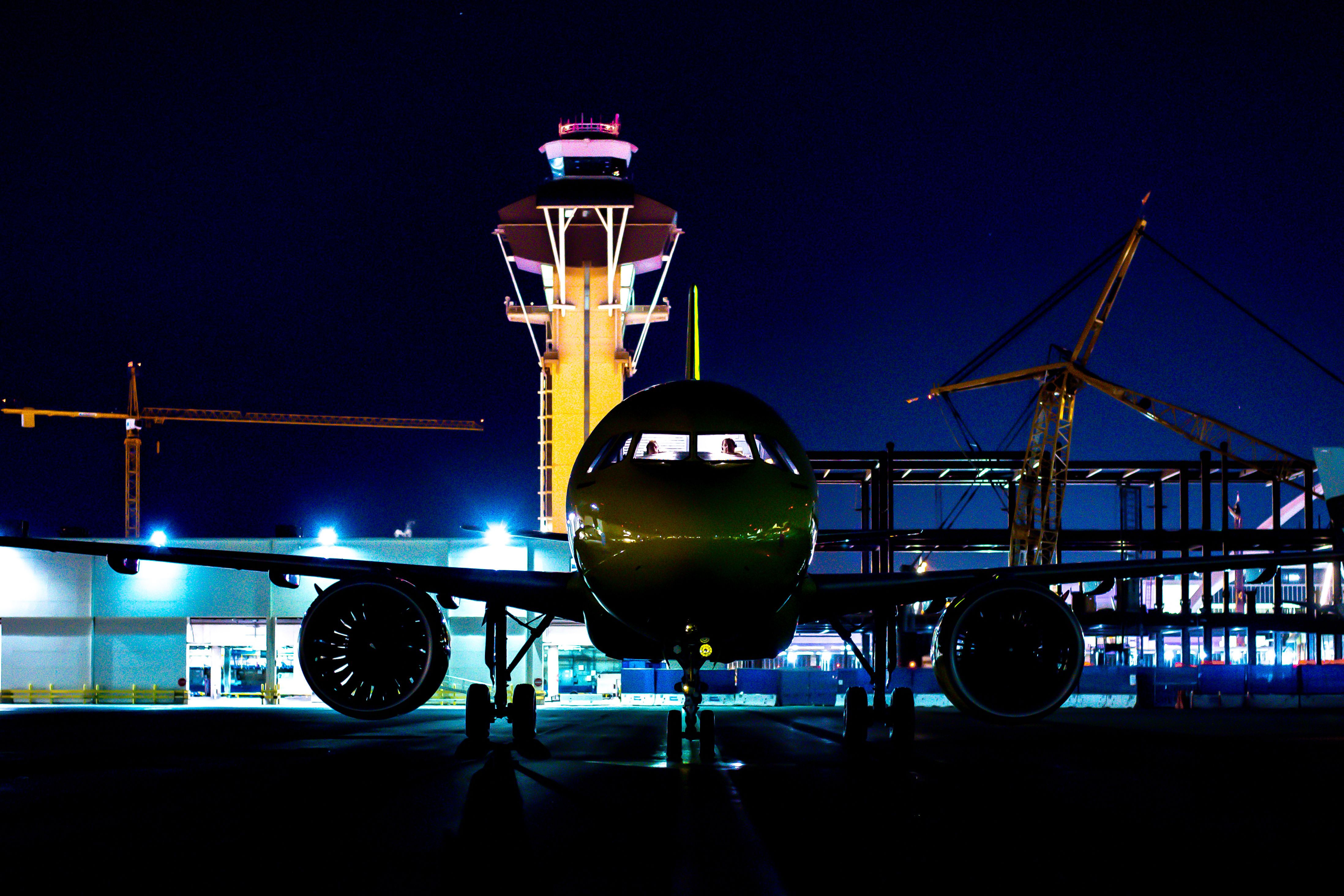
Los Angeles International Airport
- IATA/ICAO Code
-
LAX/KLAX
- Country
-
United States
- CEO
-
Justin Erbacci
- Terminals
-
Terminal 1 |
Terminal 2 |
Terminal 3 |
Tom Bradley International Terminal | Terminal 4 |
Terminal 5 |
Terminal 6 |
Terminal 7 |
Terminal 8
Flying to Alaska also poses its own set of complications. Not only has the market in Alaska historically been dominated by Alaska Airlines, it is also very infrequently sought out by budget-oriented leisure travelers. Ted Stevens International Airport (ANC) in Anchorage, Alaska, is mostly served by US-based legacy carriers and Alaska Airlines for exactly this reason. Therefore, Spirit is better off flying to sunny destinations than to these cities.
A deeper look at four states where Spirit Airlines used to fly
In total, Spirit Airlines currently only serves 30 different US states, meaning there are 20 different states where Spirit operates flights to no destinations whatsoever. The airline, which has long been known for vigorously targeting markets where it sees a growth opportunity, has left many destinations behind in the past. Four different routes have been terminated, which would have added a state to the airline’s route network.
Get all the latest aviation news for North America
from Simple Flying!
The first and most important of these such cancellations took place last January. According to reports from Colorado-based news outlet FOX 31, Spirit Airlines decided last year to cancel its routes from Denver International Airport (DEN), marking the airline’s official decision to withdraw from the city and the entire state. While Colorado is undoubtedly a rapidly growing leisure-oriented market, the threat of heavy competition from United and Frontier is likely one of the biggest factors pushing the airline away.
Photo: YES Market Media | Shutterstock
Another state that used to be on the list of those served by Spirit Airlines is New Hampshire. In the past, the carrier also operated flights to Manchester-Boston Regional Airport (MHT), which the airline used to augment its service from Boston Logan Airport (BOS). The carrier also canceled routes to a different New England airport, Rhode Island T. F. Green International Airport (PVD), which also removed the Ocean State from the Spirit Airlines map. The airline also used to serve West Virginia, operating nonstop flights to West Virginia Yeager International Airport (CRW) near Charleston. According to FlightGlobal, the carrier also left Reagan National Airport (DCA), a key facility in the District of Columbia.
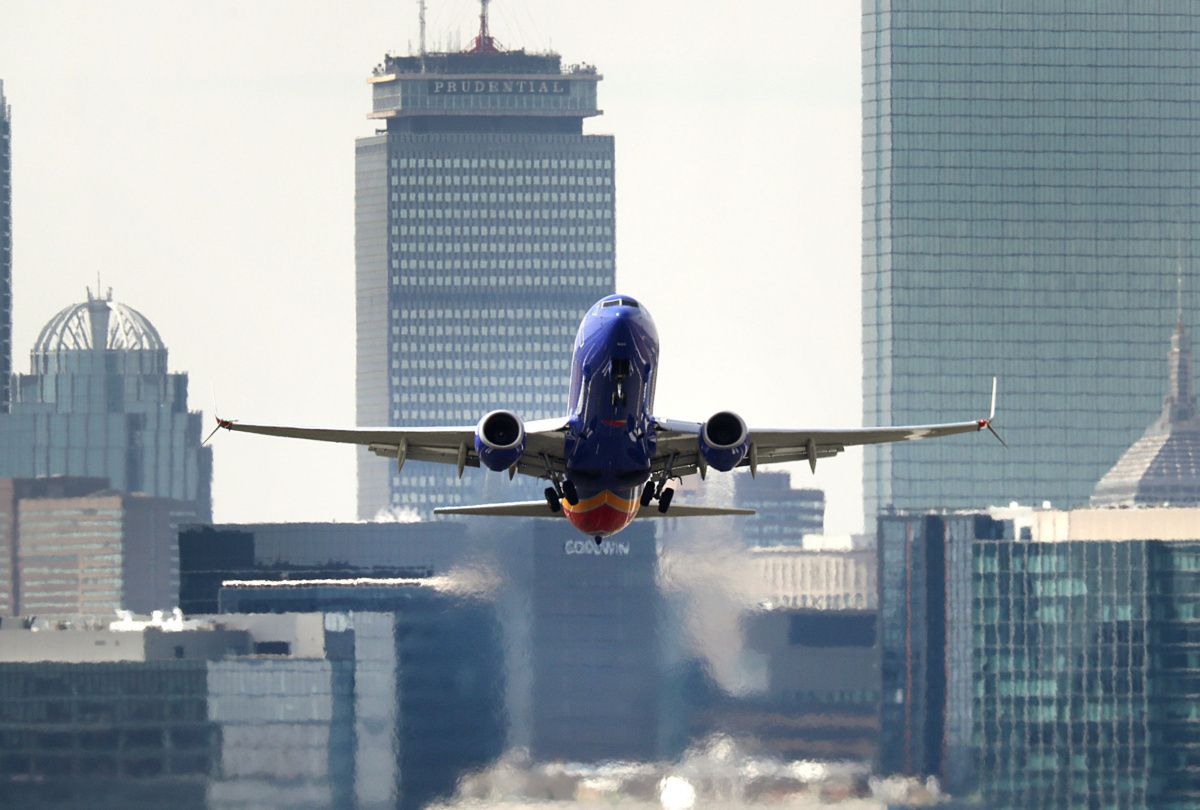
Boston Logan International Airport
- IATA/ICAO Code
-
BOS/KBOS
- Country
-
United States
- CEO
-
Lisa Wieland
- Terminals
-
Terminal A |
Terminal B |
Terminal C |
Terminal E
What other states does Spirit Airlines not serve?
So far, we have only discussed six of the twenty states that Spirit Airlines does not serve. Despite operating an extremely diverse nationwide network, this does still mean that there are fourteen other states not served by Spirit’s flights. These states are as follows:
- Arkansas
- Delaware
- Iowa
- Kansas
- Maine
- Mississippi
- Montana
- Nebraska
- New Mexico
- North Dakota
- Oklahoma
- South Dakota
- Vermont
- Wyoming
Across the board, there are a few trends to notice here. The first is that Spirit Airlines mostly avoids flying out of anywhere in New England that is not Boston (although it does have a few flights out of Bradley International Airport (BDL) in Hartford, Connecticut). Furthermore, the carrier also mostly avoids serving rural areas in the middle of the country, as is the case with most low-cost carriers.
Photo: Ceri Breeze | Shutterstock
Some states, like Wyoming, do have one large national airport (Jackson Hole International Airport (JAC) in this example), but it caters to a specific kind of customer (a high-end premium ski traveler) that does not really fit with Spirit’s model. Furthermore, rural airports are extremely expensive to operate in and out of, making them unideal for an airline like Spirit.
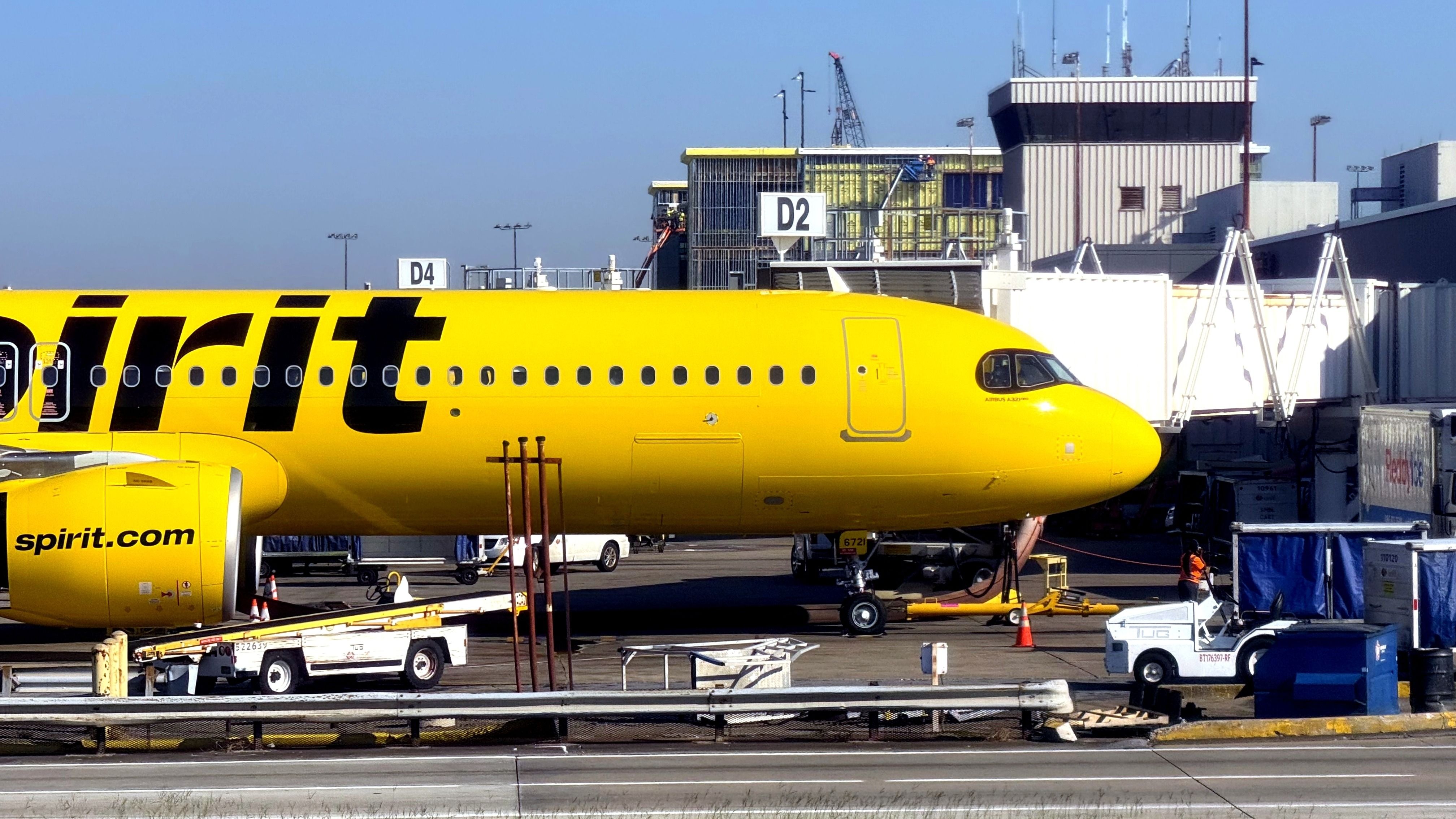
Related
What Does Spirit Need To Do To Achieve Post-Bankruptcy Success?
Spirit Airlines has had a tough few years. Prior to the COVID-19 pandemic, the airline boasted some of the industry’s strongest operating margins. Several years after the crisis, the airline found itself in Chapter 11 Bankruptcy. Spirit is reorganizing, and aiming to have a successful exit from bankruptcy. It even rejected several acquisition offers from rival Frontier Airlines. What do you think Spirit Airlines needs to do to return to post-pandemic profitability?
So what’s the bottom line when it comes to Spirit’s network?
At the end of the day, Spirit Airlines operates a broad nationwide network that mostly caters to the needs of its principal customers. The airline’s core customer demographic has long been and remains sun-seeking leisure travelers, mostly from the Northeast and West Coast.
Photo: lorenzatx | Shutterstock
The carrier, however, has demonstrated that it will shy away from heavy competition, especially on routes where it would have to significantly reduce its operational cost footprint to compete. Furthermore, it also consolidated its service offerings in regions like New England, where it now funnels all traffic through just a couple of operating bases.

